
Summers are one of the most challenging times for the skin. Though winters are equally challenging, but it varies from person to person and I find summers more daunting than the winter season. If you agree with me, this article is for people like you. The problems that you face in summers are not only different but difficult as well. Rest all your worries aside, we have the solutions here. Check them out.
HEAT RASH
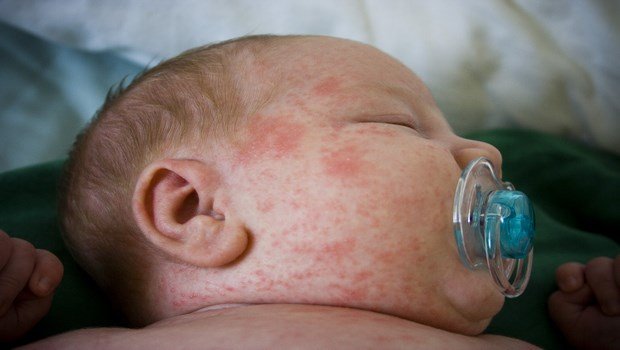
By far, the most common problem faced in summers is that of rashes. The hot weather makes one sweat more. It is not possible for anyone to take a shower several times a day. In such a situation, the sweat that oozes out clogs the pores (read sweat ducts). This makes it difficult for more sweat to come out.
What is it?
This clogging of pores leads to small bumps or blisters also known as heat rash. These rashes are mostly found in the folds of the skin or on those parts of the body where your clothes are causing friction.
What to do?
Usually heat rash symptoms subside on their own but this takes some time. Therefore, it is recommended that one must wear breathable fabrics. These let sweat evaporate. Along with this, avoid using heavy creams or moisturizers in summers. These block sweat ducts. If the heat rashes stay for more than 3-4 days, go to see a doctor. It could be a serious skin infection. In case of an infection, you may experience fever, pain, swelling or redness.
Read more: 12 home remedies for treating heat rash on face and neck
ITCHING
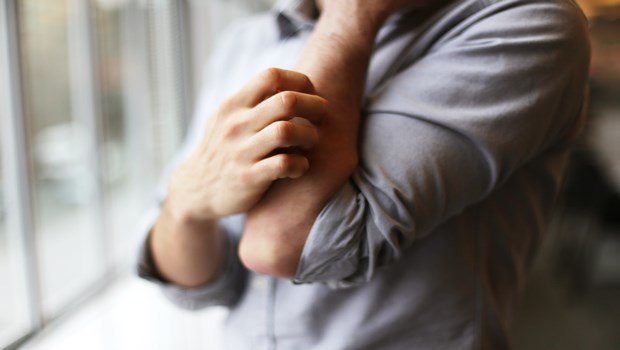
All of us have at some point of time experienced intense itching on the back or at the nether regions while socializing or in a meeting with the boss. Nothing can be more maddening than this.
What is it?
Most of the times it is the dry skin which causes sudden intense itching but it could also be a bug bite. Sometimes the situation can be even more serious than this – an allergic reaction to a specific thing.
What to do?
Dab moisturizer, if your skin is dry. If you think it is sweat, take a shower immediately and don’t forget to moisturize the skin. You can also try coconut oil, in case you see redness appear after scratching the skin. If it causes more discomfort, consulting a doctor is a better option than waiting for it to calm down on its own.
POISON IVY
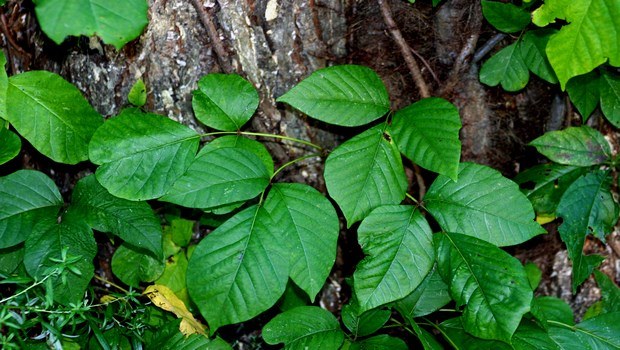
We all love to troll in the woods in the summers. Hence hiking, trekking become common outdoor activities. What makes it worthy of mention in this article is that some 85% of the population is allergic to urushiol oil which is secreted by plants like poison ivy, poison oak and poison sumac.
What Is It?
Accidentally touching the plants can result in red raised patches, sometimes with blisters. Other symptoms include swelling and warmth followed by itching. When one receives it, it looks like a serious skin infection but it isn’t. Trust me, it does cause discomfort but it is not poisonous at all. It is an allergic reaction which starts appearing after 12-72 hours of the first exposure.
What To Do?
Rinse your skin immediately with soap and water to drain off the oils from the skin. This should also include your shoes, clothes and even pets if they too were with you. Use topical corticosteroids to calm down the swelling. Try cold compression to get rid of itching and if it seems to be getting worse, see a doctor.
Recommended reading: 10 home remedies for poison ivy you should know
CANDIDA INFECTION

The hot and humid weather can make women fall sick with vaginal yeast infection.
What Is It?
Overgrowth of a fungus called as Candida albicans in the vaginal region can lead to yeast infection in women. can also take place when the acidity levels change after taking antibiotics or steroids during pregnancy or the monthly cycles or when they take birth control pills. The symptoms that can be seen in this infection include swelling, redness and white discharge from vagina.
What To Do?
Consult a doctor. It is only he who can ascertain whether it is a yeast infection or bacterial vaginosis or STD (Sexually transmitted Disease). The symptoms in all are quite similar.
ATHLETES FOOT
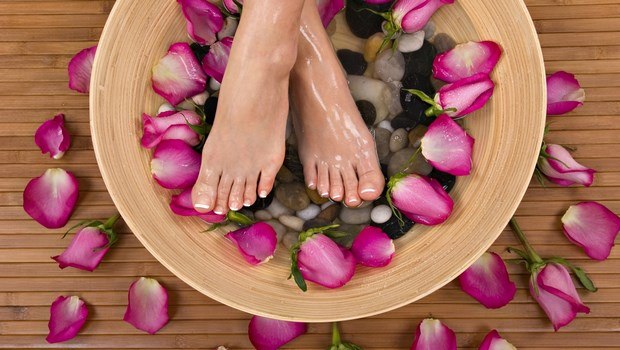
If women are prone to yeast infection, men are susceptible to athletes foot, especially the active ones. Active women too may get it, though the percentage is low.
What Is It?
It is a fungal infection caused by the fungi, Tinea pedis. Feet drenched in sweat for long hours, walking barefoot in the gym, a nail injury are the reasons that cause athletes foot. In this, one sees cracking, peeling and flaking of the feet skin. Some may even get blisters that start crusting or oozing overtime.
What To Do?
To confirm the infection, consult your doctor and start its treatment as soon as possible. Never let it surpass the initial symptoms or else it will trouble you a lot.
HIVES
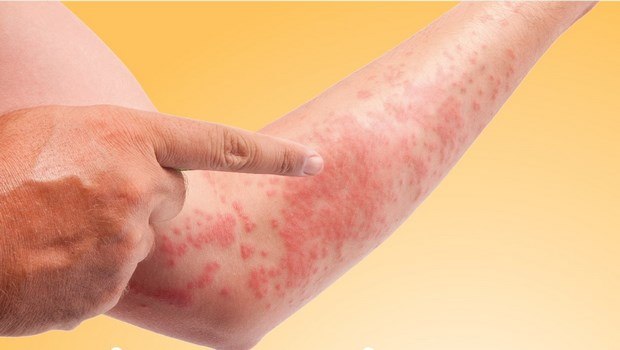
One of the most creepiest of all the skin infections, they can be received under conditions such as stress or extreme cold apart from extreme heat like in summers.
What Is It?
They look like raised welts with well-defined edges. They can appear on any part of the body. The rashes may get bigger, spread to other parts of the body, merge with other rashes and suddenly disappear before making an appearance again.
What To Do?
Don’t shower with hot water. Don’t wear tight fitting clothes and use antihistamines to soothe the itching bouts. If your body doesn’t respond to antihistamines, consult a doctor.
Read more: Top home remedies for hives on face and on neck
SUN BURNS
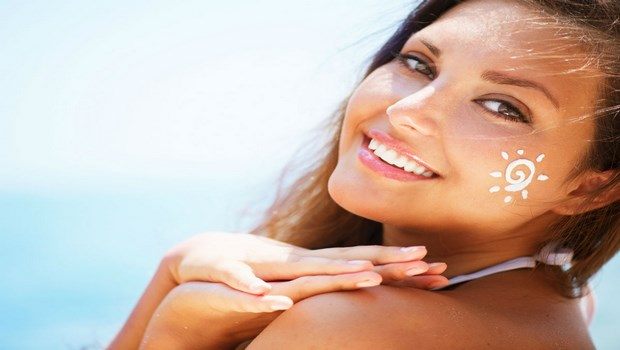
The most obvious sign of having kissed by sun is a sunburn. People who love to get a bronzed look (red tan), stay in the sun for long hours and expose their skin to the most harmful rays of the sun. But sometimes they stay in there for too long and burn their skin which almost looks like that of a lobster, just taken out of the water.
What Is It?
It is reddening of the skin followed by inflammation. Minor sunburn will cause minor redness and soreness on the affected part. Severe sunburn may result in pain which may vary from person to person on the degree of their exposure. Blistering and peeling may be seen in severe cases. Redness may appear in 2-6 hours. Pain will be experienced after 6 hours and is at its optimum till 48 hours of exposure. Some people may feel fever, chills and weakness post over exposure to the ultraviolet rays of the sun.
What To Do?
If you feel some tingling sensation, immediately move to the shade. Take a cold water shower. Apply moisturizer or lotion to soothe the burning skin. Drink plenty of water. If there is blistering of more than 20%, consult a doctor. This is also an indication that your skin is sensitive to the UV rays, so next time when you step out, cover up your body slather on a broad spectrum sunscreen and keep re-applying after every 3-4 hours. Avoid too much of skin exposure, it can lead to a variety of skin cancer: melanoma, basal-cell carcinoma and squamous-cell carcinoma.
RAGWEED
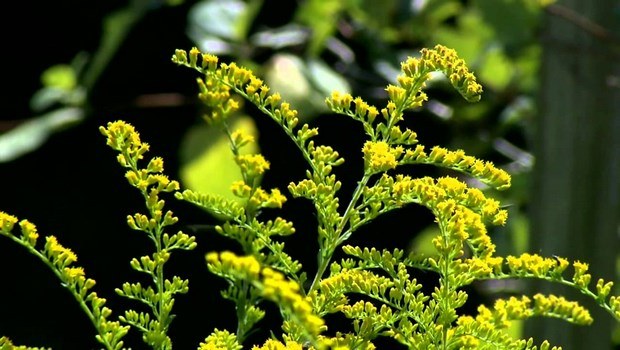
It is a late summer allergic reaction to the pollen of a plant that belongs to Ambrosia family. The tiny pollen grains are released from the flowers in their maturing stage.
What Is It?
An immune response causes small itchy bumps and blisters. These initial symptoms are followed by itchy throat, running nose and dry, scratchy eyes.
What To Do?
Take antihistamine pills orally but these can only help symptoms like eye irritation, itching skin and running nose. If symptoms like fever, pain in the abdomen and shortness of breath are experienced, consult a doctor without any delay. The best remedy for ragweed infection is if you know that you are allergic to its pollen grains, take all the necessary precautions. Stay indoors. Close windows and doors, the entry points of pollen grains, Change your clothes when you step in the house and take a shower. Your doctor too may recommend you a nasal spray for averting the reaction.
CHIGGER BITES
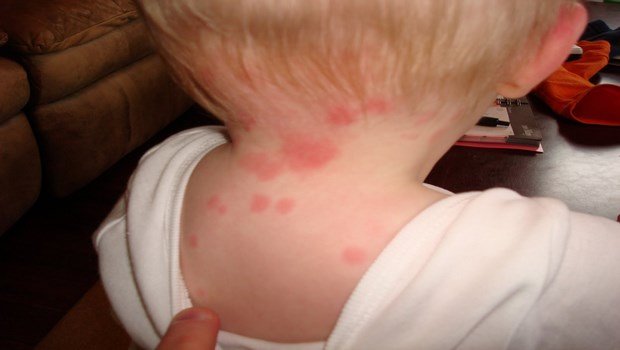
Chiggers live in forests, gardens, parks, grassy fields, moist places like around the lakes and rivers.
What Is It?
Chiggers are tiny mites that live in tall grass and hover on to the skin, bite and cause formation of itchy welts (small flesh-colored bumps that itch). These are most active in the evening and night time.
What To Do?
Oral antihistamines and anti-itch creams can be used to get rid of the symptoms like bumps to fade off. If it doesn’t help even after a week, consult a doctor. Always use an insect repellent, if you are heading out at these times.
ACNE
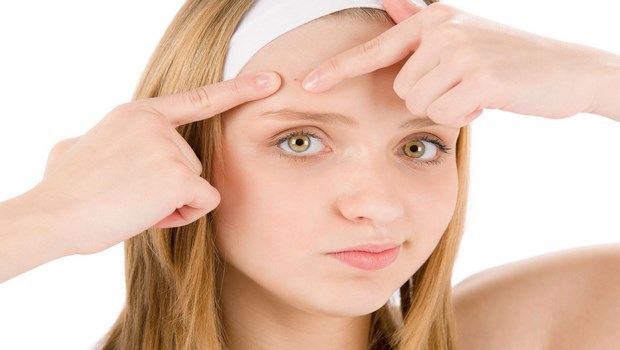
Another summertime problem is the very troublesome acne. No woman (and men too) like to have acne on their face and body. Body acne becomes more commonplace at this time of the year.
What Is It?
These are small, raised red bumps often filled with pus that may even feel prickly when you wear something over it, in case of body acne.
What To Do?
Take a shower after coming from any outdoor activity that made you sweat profusely. Not doing so leads to clogging of pores and hence causes acne breakout. Drink plenty of water. Wear loose fitting breathable garments and eat fresh fruits and veggies. In severe cases, a doctor should be consulted.
DRY SKIN
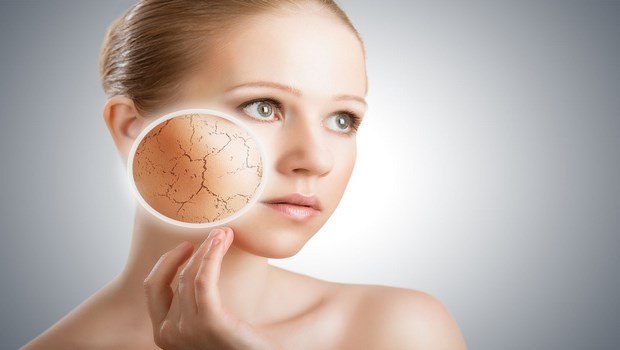
Red, parched skin becomes a common sight in summers. People who have naturally dry skin find this season really annoying, though people with oily skin too may feel dryness in summers.
What Is It?
The hot and humid weather condition of summers draws essential fluids out of your body and makes it dull and dry. It is one of the most discomforting of all skin conditions accompanied by itching, scaling and cracking of the skin.
What To Do?
Keep your skin hydrated not only from outside but from inside as well. Drink enough water. Eat fruits and veggies that contain plenty of water. Keep your skin well moisturized by using a good moisturizer. Use a sunscreen as sun too soaks up moisture from your skin. If nothing seems to help you, consult a doctor.
SWIMMERS ITCH
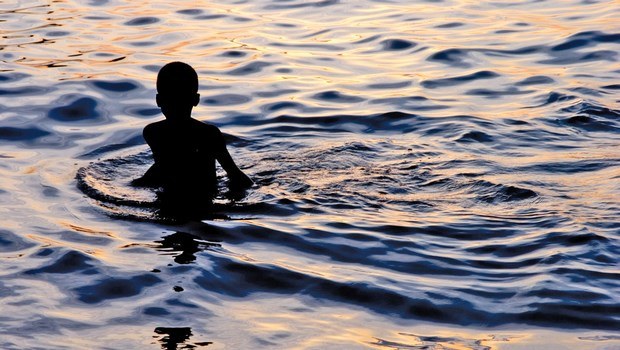
It is an allergic reaction to the parasite which lives in open water. It enters the skin and results in an inflammatory reaction.
What Is It?
Swimmer’s itch appears as a tiny, itchy bump or blister that may or may not cause a burning sensation.
What To Do?
Dry the water dripping from your body after your swimming session. An over the counter antihistamine or anti-itch cream can be applied. The symptoms usually disappear after a week.
SUN TAN
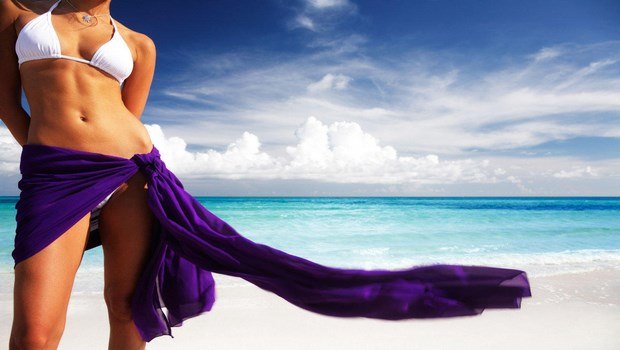
Though a majority of people love to get their skin tanned, but there are people who don’t like their skin turning dark.
What Is A Sun Tan?
The skin turns dark due to over exposure to the sun. It starts making more melanin than it does normally, to protect skin from getting more damaged. This is what changes the color of the skin from light to dark. Light skinned people are at a higher risk of getting sun tan.
What To Do?
There are numerous home remedies to get rid of sun tan – tomato juice, aloe vera, yoghurt, sandalwood, lemon juice, cucumber and more. Though it is not a permanent thing and will settle on its own within a few days, still you can try any one of the above mentioned for a quick relief. But do not tan your skin more or else it may take longer to get back the natural color of your skin. Apply sunscreen with broad spectrum SPF when you step out in the sun.
MOSQUITO BITES
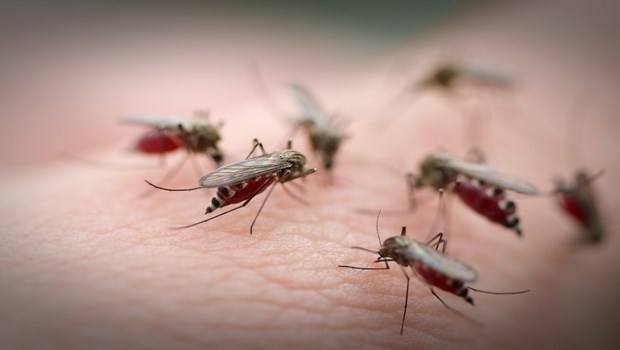
Mosquito bites are common in summers. It is that season of the year when you bare your skin but this invites mosquitoes. The fact that almost every human being is sensitive to mosquito bites makes this situation worrisome and at the same time annoying.
What Is It?
Mosquitoes bite and leave an intolerable itching sensation in addition to swelling and redness.
What To Do?
Apply mosquito repellents. This is the most effective remedy against the nasty little creatures. In case you get bitten by them, apply ice cubes wrapped in a cloth. An effective home remedy for the same includes application of lavender oil over the affected area. Apply it with a cotton ball on the bite. It will calm the intense itching.
These are the summer skin problems which you may have encountered had you not read this article. This knowledge is equivalent to buying any product like Revitol Skincare products for best skincare. So, go ahead and enjoy the season. It comes just once in a year.
Top natural remedies for getting rid of mosquito bites
Top 13 home remedies for malaria fever
Lisa Fletcher, is a skincare blogger and loves to experiment with products with all-natural ingredients. She loves bringing up anything new and informative in this field. Her article on “Skincare tips from summers to Fall“, may also help you guys to know the different skincare in different season better.
Want More Content Like This In Your Inbox?
- How to cleanse kidneys fast and naturally – 15 tips
- 11 Home Remedies For Sneezing That Work
- Homemade anti aging face mask recipe: 23 best solutions
- 10 Home Remedies For Sore Nipples During Pregnancy
- Permanent Trichotillomania Solution Review – Valerie Barden’s Cure
- 16 Proven Homemade Natural Tips For Dry Hair Are Exposed
- 14 Healthy Homemade Spaghetti Sauce Recipes For Everyone!
- Vegan diet plan – top 16 recipes for weight loss







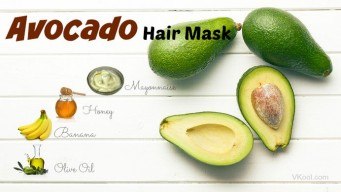


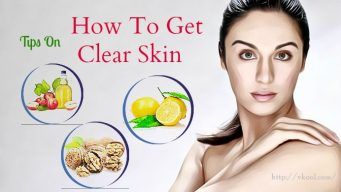
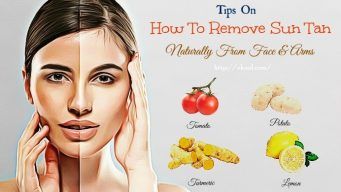
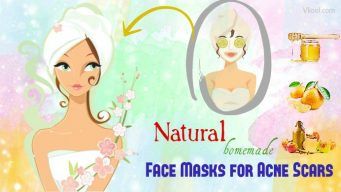
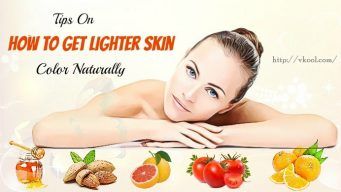
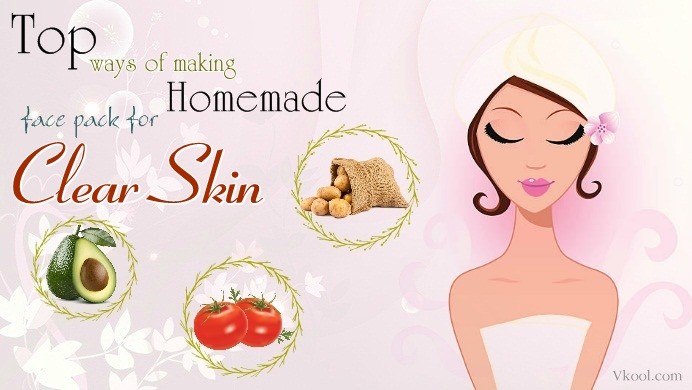



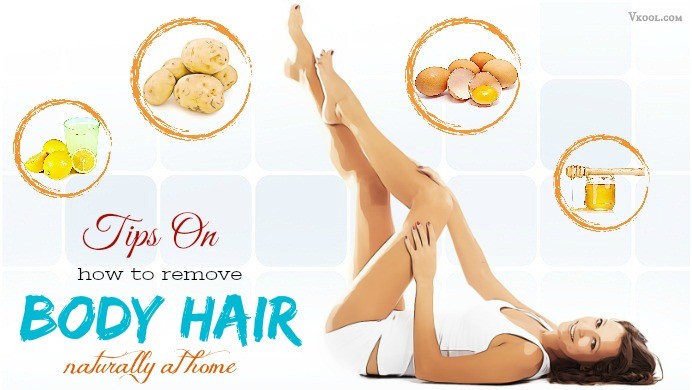
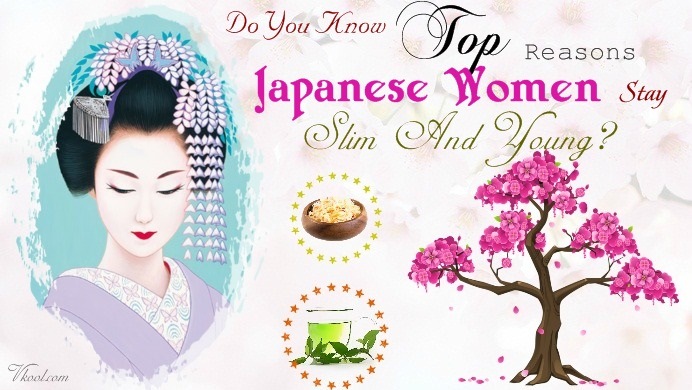

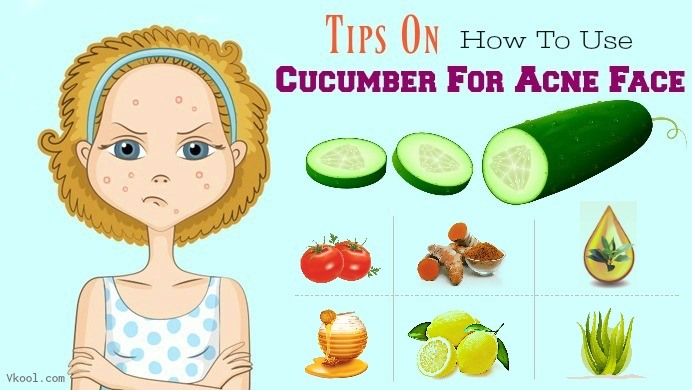
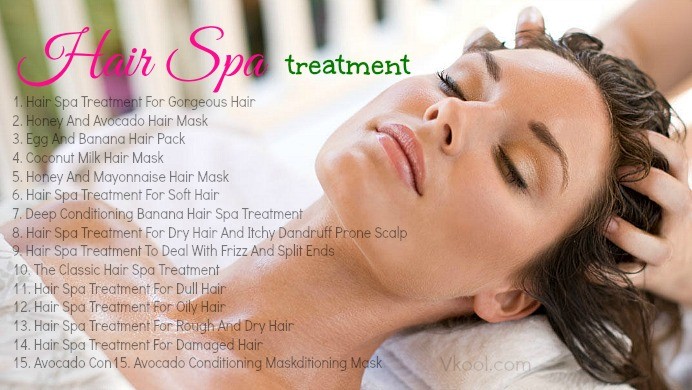 Natural hair spa treatment at home: best recipes
Natural hair spa treatment at home: best recipes 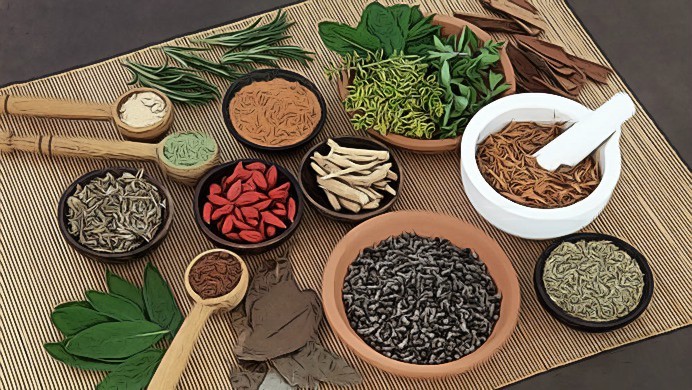 Anti Aging Herbs And Spices For Longevity You Should Know
Anti Aging Herbs And Spices For Longevity You Should Know 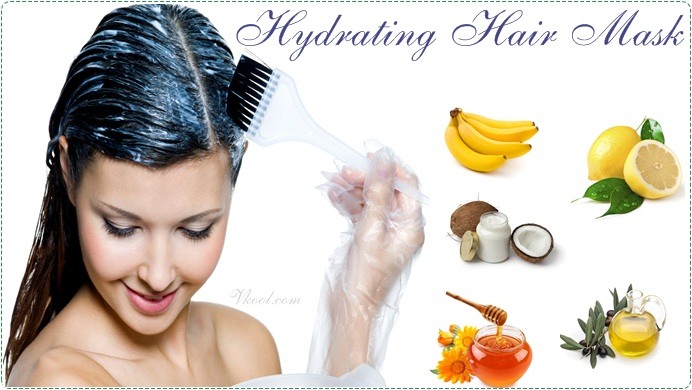 7 Natural Homemade Hydrating Hair Mask Recipes For Hair Types
7 Natural Homemade Hydrating Hair Mask Recipes For Hair Types 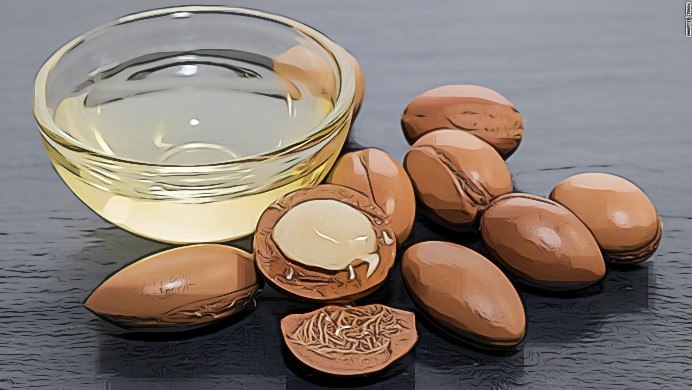 Benefits Of Argan Oil For Skin & How To Use It Properly
Benefits Of Argan Oil For Skin & How To Use It Properly  Best Natural Ways To Thicken Hair – 6 Useful Tips
Best Natural Ways To Thicken Hair – 6 Useful Tips 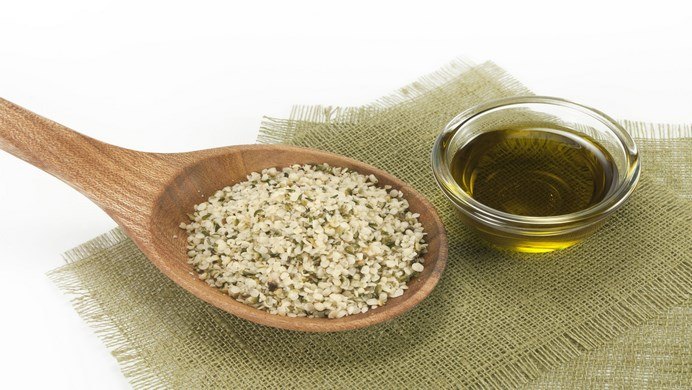 7 benefits of hemp seed oil for hair care
7 benefits of hemp seed oil for hair care  16 Proven Homemade Natural Tips For Dry Hair Are Exposed
16 Proven Homemade Natural Tips For Dry Hair Are Exposed 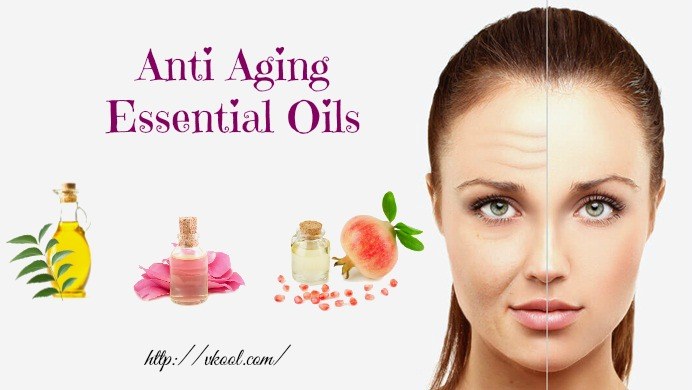 Top 10 Anti Aging Essential Oils For Skin You Should Not Ignore
Top 10 Anti Aging Essential Oils For Skin You Should Not Ignore 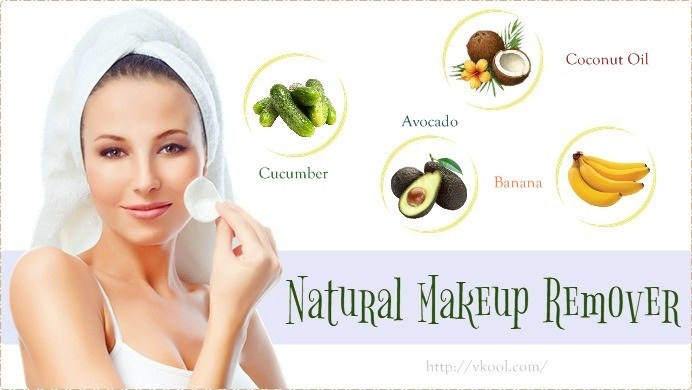 11 Tips Of Homemade Natural Makeup Remover Recipe
11 Tips Of Homemade Natural Makeup Remover Recipe